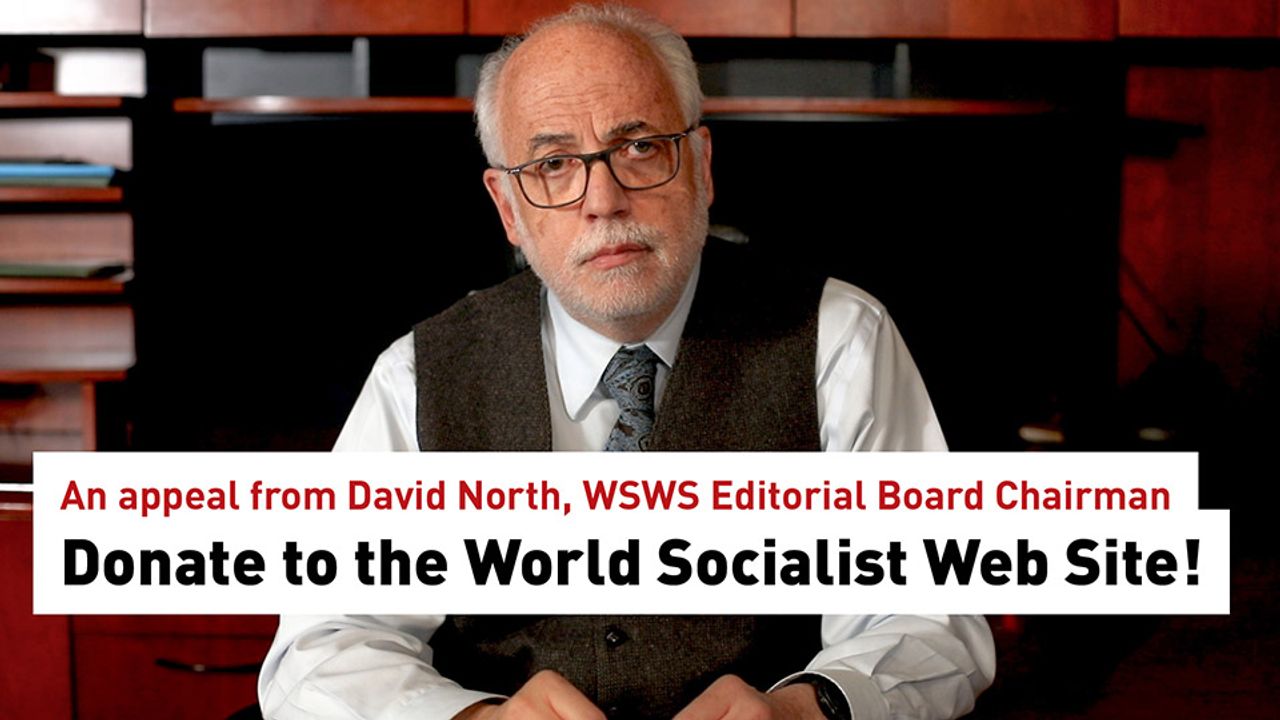Cesar Uco
The Peruvian daily El Comercio published an article on November 23 titled “Increase in the number of Peruvian companies that stopped exporting.” According to the report, although the physical volume exported is growing at the meager rate of 0.40 percent so far this year, according to ADEX (Association of Exporters) “the ‘mortality’ of the export companies in the country has accelerated.”
The newspaper reports that “between January and September some 2,402 companies stopped exporting, a figure that is four percent higher than that registered in the same period of 2017.” With these companies representing 18 percent of the 13,122 exporters, the Foreign Trade Society (ComexPeru) concludes that one in five has failed.
The majority of these bankruptcies belongs to the so-called MYPES (Medianas Y Pequeñas Empresas: medium and small businesses). But ADEX reports that 60 companies classified as medium and large have also stopped exporting.
El Comercio ’s revelations indicate that behind the mushrooming corruption scandals and settling of scores within the political establishment during the last months lies the breakdown of the “large-scale privatizations and free market economic model” introduced in the 1990s.
Corruption is such that four former presidents of Peru, as well as, prominent leaders of political parties, could end up in jail for many years, mainly on charges of money laundering. This is the case of Keiko Fujimori, longtime leader of the right-wing populist fujimorista movement and its party Fuerza Popular (FP), which dominates the Peruvian Congress. She was sentenced to 36 months of “preventive detention” while being investigated for forming a “criminal organization” inside FP and using it as a cover for laundering money received from the giant Brazilian construction multinational Odebrecht.
MYPES were originally presented as an alternative to the limited employment generated by large capital intensive companies and, above all, as a solution to the poverty prevailing in the economy’s large so-called informal sector. The idea was the brain-child of Peruvian economist and internationally renowned cheerleader for capitalism, Hernando De Soto, and his Institute of Freedom and Democracy (in Spanish, ILD).
De Soto made a name for himself in the late 1980s authoring the book El Otro Sendero (The Other Path) in which he set out his fundamental ideology: in order to combat informality every citizen could become an entrepreneur, beginning with granting property rights for their urban and rural real estate holdings and using these to obtain bank loans to start a business.
De Soto’s claims that MYPES constituted a successful way out of poverty are fundamentally fraudulent. The number of MYPES that “die” testifies to the falsity of his scheme.
Among those who praise his pro-capitalist ideology in the so-called “emerging” countries of Latin America, Africa and Asia are former Democratic US President Bill Clinton and Republican Governor Jeb Bush.
It is well known that De Soto influenced the inexperienced and newly installed president Alberto Fujimori in 1990 to change his Keynesian initiatives and follow the US-dictated neoliberal agenda. He has also served as economic advisor to figures such as Libya’s Muammar Gaddafi and the Egyptian Muslim Brotherhood.
De Soto’s model for the conversion of the country to a free market economy over the last three decades was accompanied by the growth of labor informality, with the majority located in the MYPES.
MYPES labor informality is 79.9 percent, according to ComexPeru. That is to say, “of the 8.13 million jobs that the Peruvian MYPES generate, at least 6.5 million are informal.”
MYPES “is a very labor-intensive sector that generates the main source of employment in Peru,” Minister of Production Pérez-Reyes told the Andina news agency. Therefore, the disappearance of thousands of MYPES means a sharp increase in unemployment.
Mining is the other sector that dominates economic life in Peru. The mining sector, in the hands of large transnationals, monopolizes the export of raw materials, which constitute 60 percent of total exports and have been the cornerstone of the economic policy of all neoliberal governments, from Fujimori’s in the 1990s to the current administration of President Martin Vizcarra.
The trend in mining is to use state-of-the-art technology, achieving high productivity. There are dozens of mining projects each valued in billions of dollars. According to data from the Ministry of Energy and Mines, in 2016, the mining sector generated 174,126 direct jobs, representing about 1.1 percent of jobs nationwide.
In the same period, 1,567,138 indirect jobs were created. According to the National Institute of Statistics and Informatics, for each direct job generated by the mining sector, nine indirect jobs are created, dedicated to supplying products or services for the different activities related to mining.
The mining sector also suffered a sharp decline in the month of September. Compared to September 2017, copper exports fell 27 percent. Another negative economic factor is the slowdown in construction, which previously had been the strongest of the private sectors. In the last year, more than 100,000 jobs were lost. And construction continues to suffer from the huge scandals involving the bribery of public officials and private entrepreneurs by the Brazilian mega-construction company Odebrecht.
The causes behind the MYPES high “mortality” are to be found in the economic forces that dominate world markets. The Peruvian economy is suffering from the downward trend of the US dollar and the volatility of world markets in recent months, resulting from trade wars between the great powers.
Peru’s national economy is subordinated to the interests of international capital, which dominates the country by means of the multi-billion dollar investments in mining, relegating the country to the role of supplying raw materials to the developed capitalist world.
Within this global context, the MYPES, rather than decreasing informality, have become a major focus of it, leading to increasing social and economic inequality in Peruvian society.

No comments:
Post a Comment